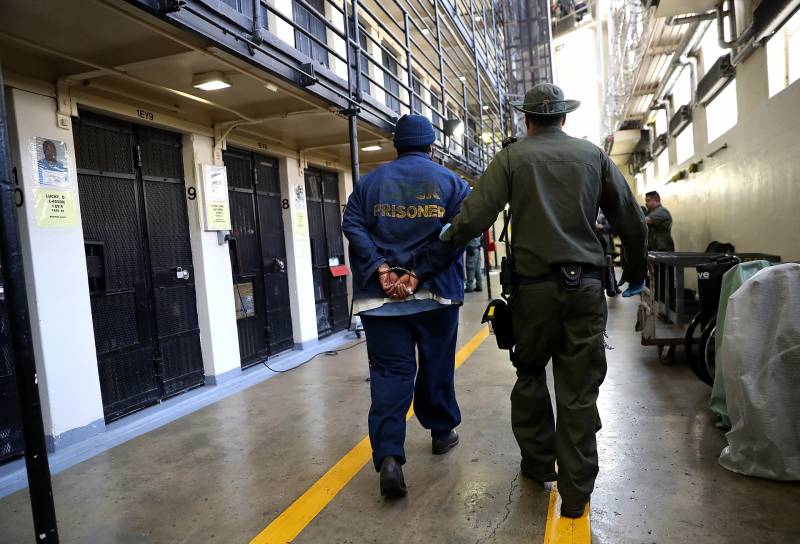Prison officials did not heed the warnings, health officials said.
“None of the cells except in one small area have walls on all sides,” Dr. Sears said, which make it “impossible, or nearly impossible, to effectively mitigate the spread of a virus within a prison that’s overcrowded and was built over 100 years ago,” he said. The prison was built in 1852. It’s home to many older inmates and some who are in fragile health. Both are leading comorbidity risk factors for COVID-19, Dr. Sears said.
Despite the challenges of decarceration, Dr. Sears and his colleagues say quickly and carefully reducing the prison’s population may be the only viable solution. “I know this is a politically charged topic, but this is a matter of public health and human rights” for inmates, staff, their loved ones “and the surrounding community in the Bay Area,” he said.
Meantime, attorneys and families of inmates with the ad hoc group #StopSanQuentinOutbreak are also demanding urgent action to protect inmates and staff. They want more prisoners to be granted early release, as well more masks, hand sanitizer and cleaning supplies, among other moves.
Nationally, prisons and jails have come under withering criticism for failing to adequately protect inmates and staff during the Coronavirus pandemic. A recent ACLU report alleges gross negligence and mismanagement.
“Despite having ample time and information to take the steps necessary to heed the warnings of experts and save the lives of those incarcerated in their prisons and jails, state governments across the country refused to adequately address the threat that the COVID-19 pandemic poses in jails and prisons,” the report said.
Dr. Willis, Marin County’s health officer, said the state is moving towards setting aside one site to handle a surge of critically ill inmates for this outbreak and, potentially, others like it in prisons across the state. “A larger, single facility dedicated to this would protect community hospitals around the region,” he said.
California Department of Corrections and Rehabilitation spokeswoman Dana Simas declined NPR’s interview requests on the outbreak and the prison’s testing failures.
In a statement, Simas noted that in coming weeks some 80 non-violent, eligible offenders who have 180 days or less on their sentence may be released early to a State Community Custody Program.
The statement said the state prison and prison health systems “will continue to work together, along with state and local health care and public health experts, to implement measures that will protect those who work or live in our state prisons.”
Copyright 2020 NPR. To see more, visit https://www.npr.org.
9(MDAxOTAwOTE4MDEyMTkxMDAzNjczZDljZA004))
KQED staff contributed to this report. This report was updated Saturday, 6/27/2020 at 5:33 p.m.

9(MDAxOTAwOTE4MDEyMTkxMDAzNjczZDljZA004))
